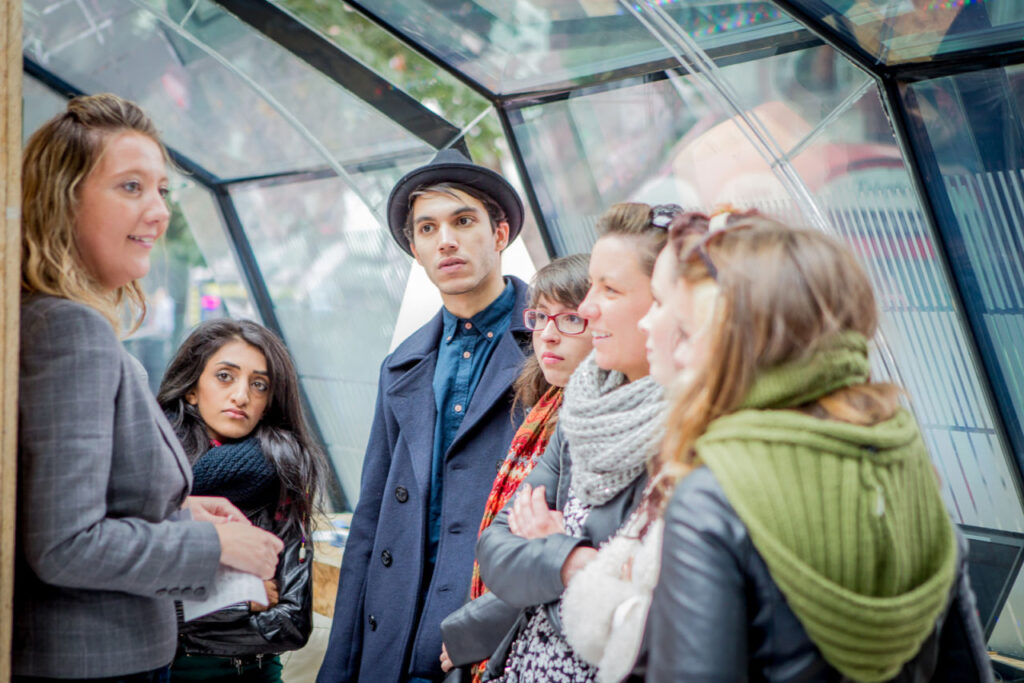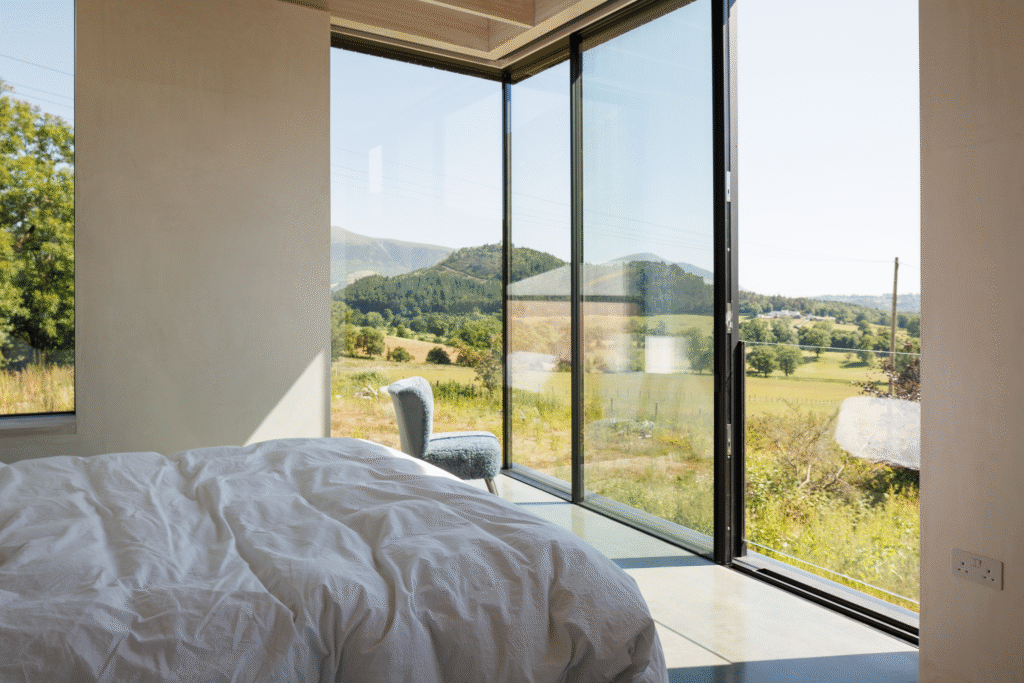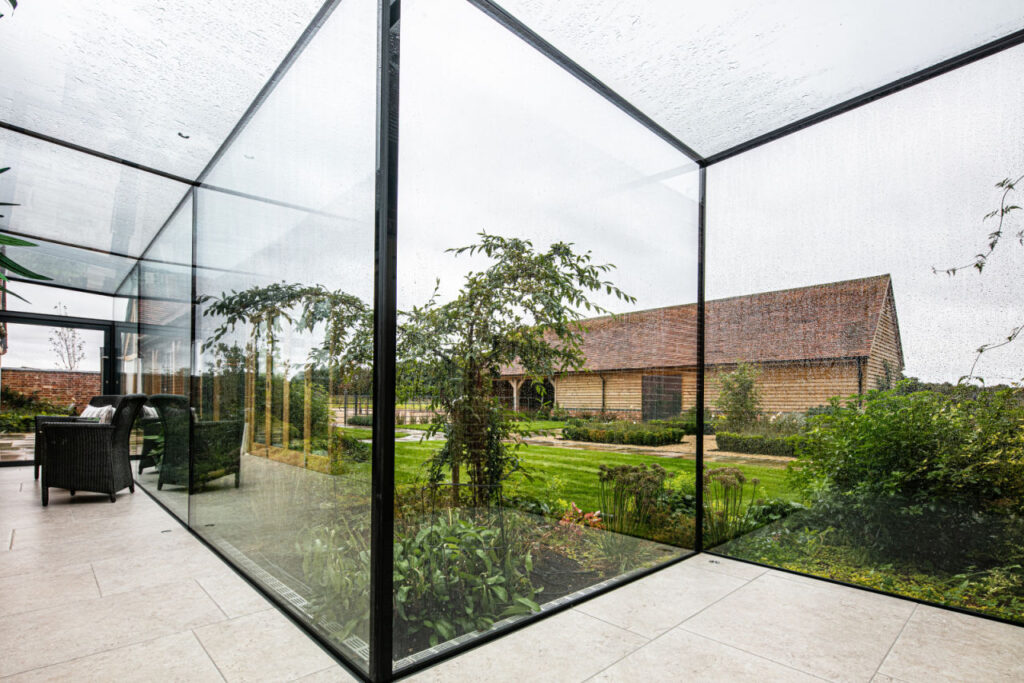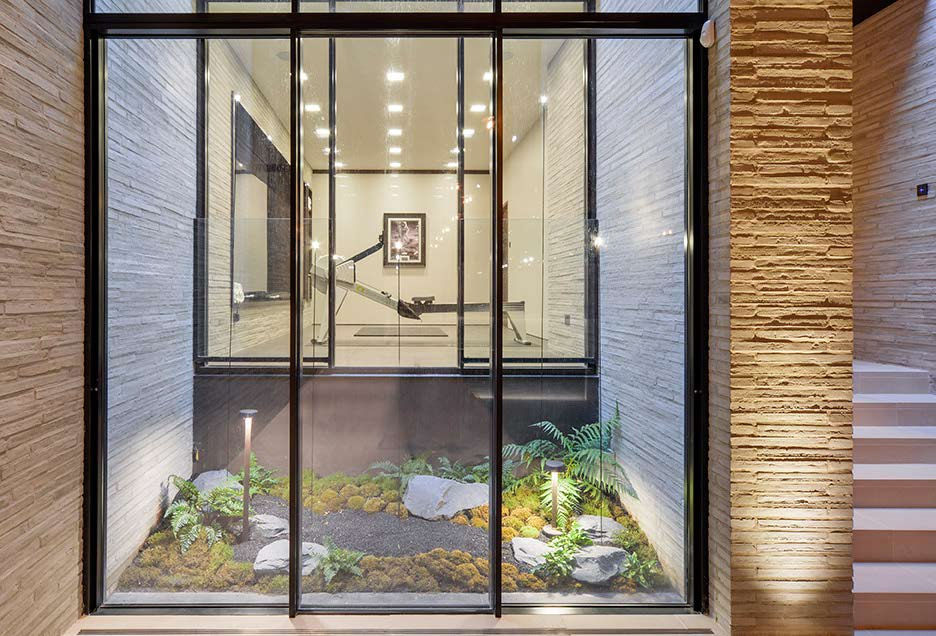Why Passion, Curiosity & a Bit of Humour Go a Long Way: Our interview with David Livermore.
As part of our Reflections: Interviews with Glazing Insiders, we had a sit down with the newest member of the Cantifix team to get a glimpse of his unique insights into the industry.

David Livermore may be new to Cantifix, but he is certainly no stranger to the construction industry. With nearly three decades of experience across some of the sector’s most respected names, David brings perspective, personality and insight to his work. Read on to see what he has to say about the world of architectural and structural glass, as he shares his career journey thus far, his thoughts on sustainability and why “falling into glazing” may have been one of the best things to happen to him.
You’re new to Cantifix. Can you tell us a little about your background?
I’ve had a 27-year journey in the construction Industry and I’ve dedicated my career to the sales side, as both an estimator and as a salesperson. I was a really bad estimator and secured lots of projects by making mistakes and missing things out, this obviously meant that I was promoted very quickly to prevent me from doing any more estimating!
Throughout my 27-years, I’ve had the privilege of working with some truly fantastic, renowned companies such as Schmidlin, Portal, Mero, M Price, Vision Arch, and now Cantifix. I much prefer working at the front end of the business. My old boss referred to it as the ‘fluffy end’ as it was always viewed as easier than project delivery. But to be a good estimator or sales person you have to wear many hats; specifier, designer, excel super user, human psychologist, market analyst, to name just a few.
I can safely say that I prefer to work in the architectural glazing sector of the industry, the projects are far more interesting, and you can really be proud to have been a part of them.
I was promoted quickly—to stop me from estimating!
What attracted you to Cantifix?
I have two very important but simple rules when it comes to the companies that I work with;
- I only work for people I like.
- I only work for companies with a good reputation.
Cantifix meets both.
What made you choose a career in glazing?
Like so many others in this field ,I fell into a career in glazing, rather than consciously pursuing it. As a young man I’d been working as an estimator for a shopfitting company and they had a division that installed shopfronts. One day I was asked if I wanted to do the estimating for that part of the business and I said yes. That was the start of the trajectory that got me here.
What is the biggest challenge in your role as a sales person?
The most common challenge in my role is always trying to find the fine line between giving the architect what he wants to see, and meeting the client’s budget. Some might argue that it’s not the most important part of the glazing industry, but without this balance most projects simply wouldn’t go ahead.

Sustainability is now a major focus in construction. How is glazing adapting to meet the new standards and regulations?
It’s great! Glazing and architecture are both quickly adapting to sustainability trends by incorporating energy-efficient materials and designs. We are seeing innovations such as low-emissivity glass, solar control glazing, and smart windows becoming much more common. Then there’s also the tighter regulations, which are actively pushing the industry to adopt greener practices which they may have been slower to take up, such as reducing carbon footprints, recycling, recycled content in new materials, as well as enhancing overall building insulation.
There’s been a lot of discussion recently about training and recruitment in glazing. Do you think the sector has changed?
Absolutely. The glazing industry has indeed evolved significantly, particularly since Grenfell. Training has been compulsory for most, focusing mainly on competence. Recruitment has also seen changes, with a greater emphasis on attracting young talent and promoting diversity within the workforce. That said, more change is essential if we are to keep up with the growing demands and technological advancements in the industry. We still have a lot to do.
How do you stay up to date with innovations, in glazing but also in architecture in general?
There are lots of exciting projects out there at the moment. I do like seeing the projects that have really thought about the reuse of the existing frame and materials, it’s a philosophy that I try to apply to my own life too. Reuse, Recycle, Retrofit. Use what came before.

What do you think the future of architectural and structural glazing will look like?
The future of architectural and structural glazing definitely lies in smart technologies and sustainable practices. In particular, something as everyday as a window will vastly change: we can expect to see more smart windows that can adjust their tint based on the time of day and weather conditions. I think as well, there will be a nice balance between the use of recycled materials and the development of new, eco-friendly glazing solutions, both of which are needed to shape the industry’s future as no one or the other will fit all requirements. Greener practices will only become more evident and will continue to shape the way we build, in glass or otherwise.
Is there a project you wish you could have worked on?
I admire the glazing work done on the Shard in London. If I had the opportunity to work on it, I would have focused on integrating more advanced energy-efficient technologies to further reduce its environmental impact. Additionally, I would have explored different ways to enhance the building’s aesthetic appeal through innovative glazing designs. It really stands out.
And finally, what advice would you give to someone thinking of pursuing a career in architectural glazing?
My advice would be to stay curious and continuously seek knowledge. The glazing industry is dynamic and constantly evolving, so it is vitally important to stay updated with the latest trends and technologies. Networking with professionals and gaining hands-on experience through internships or apprenticeships can also provide valuable insights and opportunities for growth.

From early forays and estimating blunders, to championing sustainability in glazing design, David Livermore’s story shows just how twisty and varied, but ultimately fulfilling, a career in architectural glazing can be. His passion for the work, when combined with his admirable people-first approach makes him a valuable addition to Cantifix and a true advocate for a smarter, greener built environment. We cannot wait to see what he achieves alongside the rest of our team!
Keen to read more interviews with industry insiders? Here’s what Matthew Sharman and Charlie Sharman had to say, or read our interview with glazing recruitment expert David Lonergan.



